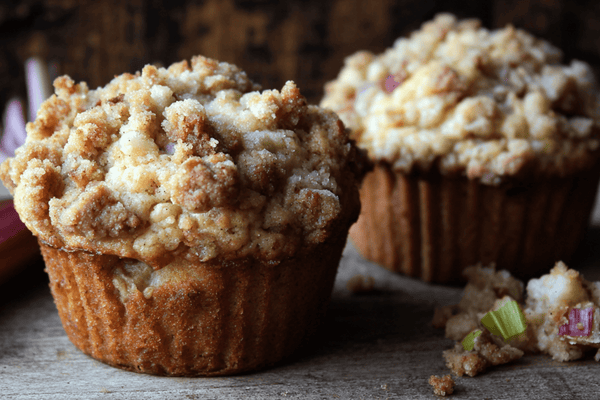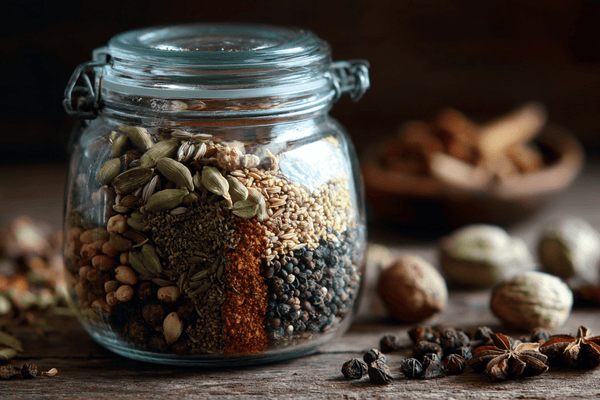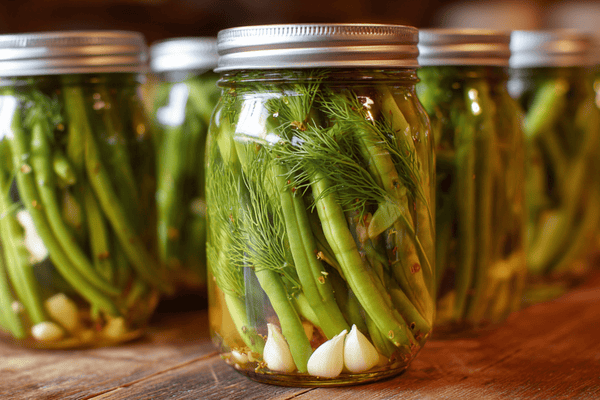
Japanese knives, as a result of being manufactured to a high quality, often come with a more expensive price tag and are usually seen as an investment for your kitchen. This often means that more research is needed when looking to purchase a Japanese knife
A Santoku knife is an all-purpose kitchen knife that is the Japanese equivalent of a Western chef’s knife, as this knife has increased in popularity worldwide many people will wonder whether this is a knife that will do a good job on its own or whether you need to buy a Santoku knife set.
A Santoku knife is a versatile, all-purpose knife that is designed for a multitude of cutting tasks. This versatility of use means that a Santoku knife is best bought as a single knife which will offer the best value for money whilst still ensuring that owners can get a multipurpose use out of the knife. For more experienced chefs, however, a Santoku knife set would be a necessity.
As buying a suitable Japanese knife can sometimes be a challenging decision (it’s not quite as simple as buying an all-rounder Western chef’s knife) we’ve put together a quick guide to help you decide whether you should buy a Santoku knife set or simply purchase them as single knives.
Table of content
What Is a Santoku Knife?

A Santoku knife is an all-purpose Japanese kitchen knife. Its name, which translated means ‘three virtues’, is often described for its suitability for dicing, slicing, and mincing or for its suitability for cutting meat, fish, and vegetables.
This variety of uses is one of the key reasons why this knife has become the most popular kitchen knife in Japanese households within the last few decades, while its popularity has also been growing in the Western world making it a viable alternative to German and French manufactured chef knives.
The key characteristics of a Santoku knife are that they are thin, lightweight, and have a balanced weight distribution making them easy to use for a beginner. The curve from the spine to tip is also an appealing safety feature as the lack of a pointed tip also makes them beginner-friendly.
A Santoku is typically made from high-quality metal with carbon steel being a common material used. This allows these knives to be thinner, lighter, and hold their edge longer.
Many Santoku knives can also be made from Damascus steel which is the process of layering different types of steel to forge a hard yet flexible blade that holds a sharp edge and is resistant to cracking. Damascus steel is noticeable by the wavy or watery design that can be found on the blade with these knives.
Traditional Japanese knives will have a single bevel edge which makes them incredibly sharp for ultra-fine and precise cuts. As their popularity has grown, Santoku knives can also come with a double bevel edge which is similar to a Western chef’s knife, the key difference however is that a Santoku is manufactured with a flatter and more acute angle on the edge which again, makes it sharper than the Western equivalent.
Whilst a Santoku knife is a great all-rounder, unfortunately, it can’t cover all cutting needs and this is where a knife set might be required.
Why Do You Need a Knife Set?
A kitchen knife set is predominantly made to cover all cutting needs within the household or commercial kitchen. The Santoku knife may be an all-purpose knife that is well suited to a variety of cutting uses however it’s not so versatile that it covers all cutting needs.A more complete knife set offers unrivaled versatility of use meaning that you can cut a larger variety of foods, with varying cutting styles and most importantly, with maximum ease and efficiency.
Cutting a large piece of meat with bones and tough cartilage will require a different method (and tool) than cutting fine pieces of carrot or cucumber and for this reason, having a more complete knife set is a necessity for those that find themselves frequently cutting a variety of foods.
Common knife sets will have a combination of a vegetable (paring knife), meat cleaver, chef’s knife, and a large serrated knife. The combination of these knives is what offers this versatility of use but a Santoku knife by its very design is optimized for versatile use.
Therefore, when looking into a Santoku knife set, you’ll often find that they come in sets of 2 - 5, and instead of varying in style, the design will be the same but the knives will vary in size.
A typical set of three Santoku knives could include a 4”, 6”, and 8” knife which will cover a wider variety of cutting uses than if you just had a single, 5” - 8” Santoku knife.
While it’s more common for Santoku knife sets to vary in size using the same basic model, more advanced Santoku knife sets will include a range of traditional Japanese knives. These are often identified as a more professional chef’s collection, however, they can also be suited to household use depending on the users’ skill level.
These knife sets will include a variety of knives that can range from Nakiri and Usuba knives (vegetable knives), Gyuto knives (all-purpose chef knife similar to a Santoku), Deba Knives (cutting meat and fish), or Yanagiba knives (used for sushi and sashimi).
These specific knives allow for a greater cutting capacity with an improved presentation that a single Santoku knife will not offer. With this in mind, this is a key reason for acquiring a Santoku knife set instead of opting for a single Santoku knife.
Price Difference Between a Santoku Knife and a Santoku Knife Set
When weighing up a purchase between different types of knives, the price will often be a significant factor between the items. Japanese knives, in general, will carry a higher price than a standard stainless-steel knife because the quality, longevity, and versatility of use are significantly higher with Japanese knives.A single Santoku knife can range in price much in the same way a Santoku knife set can range in price and many users can justify a Santoku knife that costs just as much as some complete knife sets. For this reason, price should be a secondary factor when deciding on whether you need a knife set or just a single knife.
You can easily find a variety of products within a similar price range and therefore we’d recommend looking into the specific features and your individual requirements rather than placing a great focus on the price alone.
Should You Buy a Santoku Knife Set or Single Knives?
In our opinion, a single Santoku knife offers enough versatility to easily cover most household kitchen needs and is the ideal option for a novice.A single Santoku knife with either a double or single bevel edge will usually be made of high-quality, carbon-steel blend which means that it will hold its edge longer and will require less maintenance. As mentioned earlier, it is also well designed for a variety of cutting needs which reduces the need for a specialized knife set.
With that being said, a single Santoku knife will not be suitable for everyone as a single knife will have limitations (even if that knife is designed for multi-purpose use!).
Once you become more advanced with your choice of foods and culinary skills, a single Santoku knife will only offer a certain degree of versatility. A single Santoku knife is also typically quite short in length (especially compared with a Western all-purpose chef’s knife) and is therefore not well suited to cutting large meat, fish or fruits.
You’ll also find that when cooking a variety of Japanese-based cuisines and dishes like sashimi and sushi, that a Santoku knife can do an adequate job, but in order to really create these dishes to a high standard, more precision is needed.
Traditional Japanese knives have specialties, a Nakiri allows for ultra-fine slicing of vegetables, a Deba is needed to fillet and cut large pieces of fish and a Yanagiba is needed to finely slice raw fish and sushi.
These specialty uses cannot be replicated by a Santoku knife alone and therefore, in order to create more advanced dishes, a Santoku knife set can almost be considered essential.
Final Thoughts
If you are choosing your first Japanese kitchen knife then a single Santoku knife will likely be the best option in terms of versatility and value for money.A Santoku’s multi-purpose use will cover up to 90% of your general cutting requirements and it’s one of the key reasons that this knife has boomed in popularity in both Japan and the Western world.
As you become more skilled in the kitchen and increase both the variety and of foods you use and utilize different cutting techniques, then it would be a good idea to upgrade to a Santoku knife set. This can be as simple as getting a Santoku knife with varying sizes or a more advanced set that includes more specific Japanese knives like a Nakiri, Gyuto, and petty/pairing knife.
FAQs
Q: Is it better to buy your knives individually or buy them as a set?
A: Buying knives individually is most usually the better way to go for most cooks. This way you can have a range of different types and sizes of knives. Still, it's always good to try using various knives before making up your mind about which ones you like best. Then, if you find two that work well at similar price points, go for the less expensive one!
Q: Is a cheap knife set worth it?
A: A quality set of knives can last for decades with care. A sharpener is necessary to maintain the edge on the blade; otherwise the time that elapses between each use can add hours to the lifespan of a blade because it slowly dulls over time with use and metal particles get trapped inside.
We would recommend buying high-carbon stainless steel knives which are made to last.
Q: How many knives do you really need?
A: What matters is that your knives are of good quality. The most basic knife set has a chef knife, which is a multipurpose blade (for use both for dicing and slicing vegetables) followed by an all-purpose serrated utility knife, used mostly for slicing bagels or other dense breads.
Q: When should I replace a knife?
A: A usual recommendation is to invest in a high quality Japanese chef knife, and make the investment once. You want it to be able to cut things without too much force, so the quality of what you're cutting will reflect in how sharp your knives are. After every use (after you wash it) wipe a cloth over the blade and then dry with another clean cloth. Store it either loose or on edge so that if anything from dampness or humidity comes into contact with them they won't corrode or tarnish.



